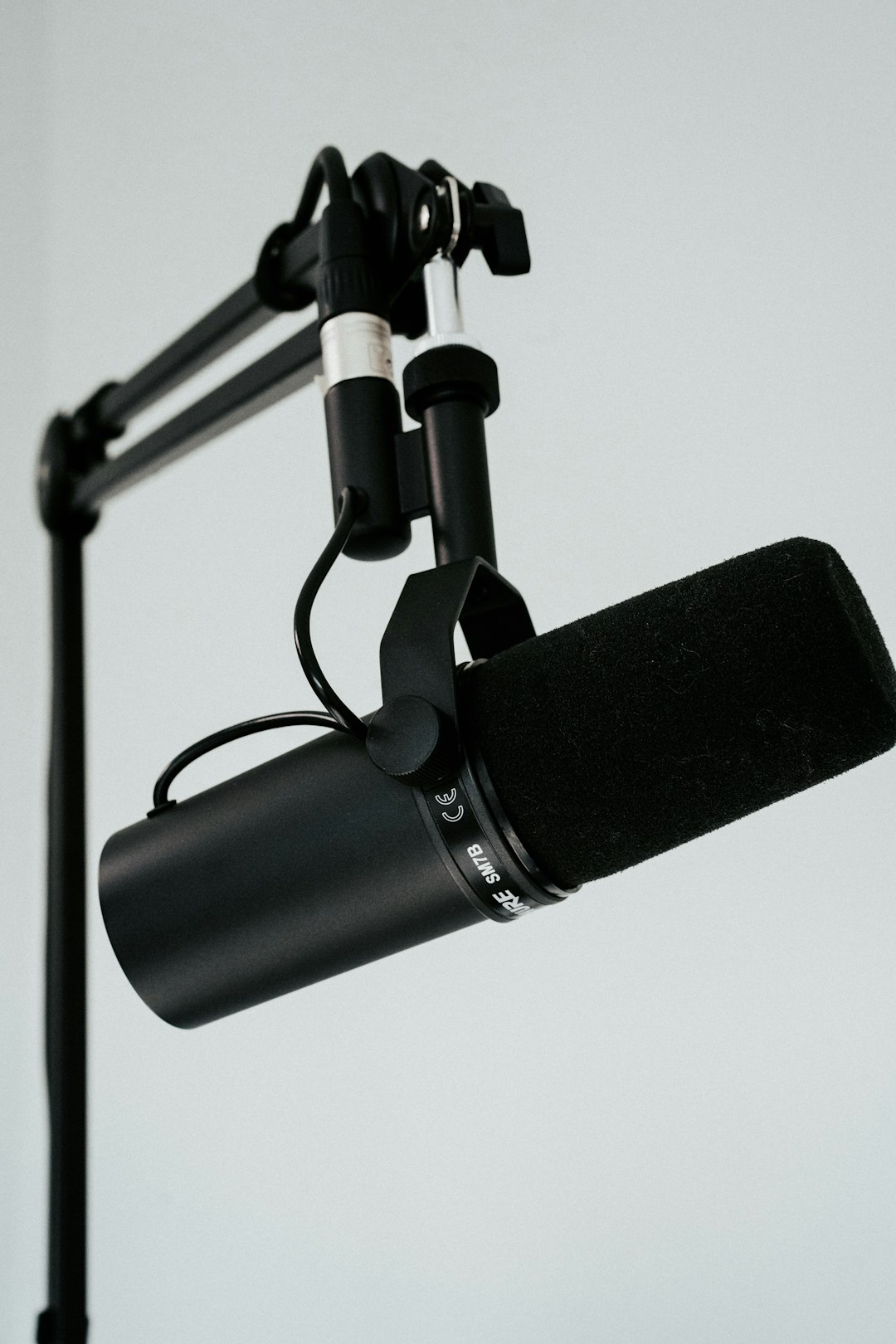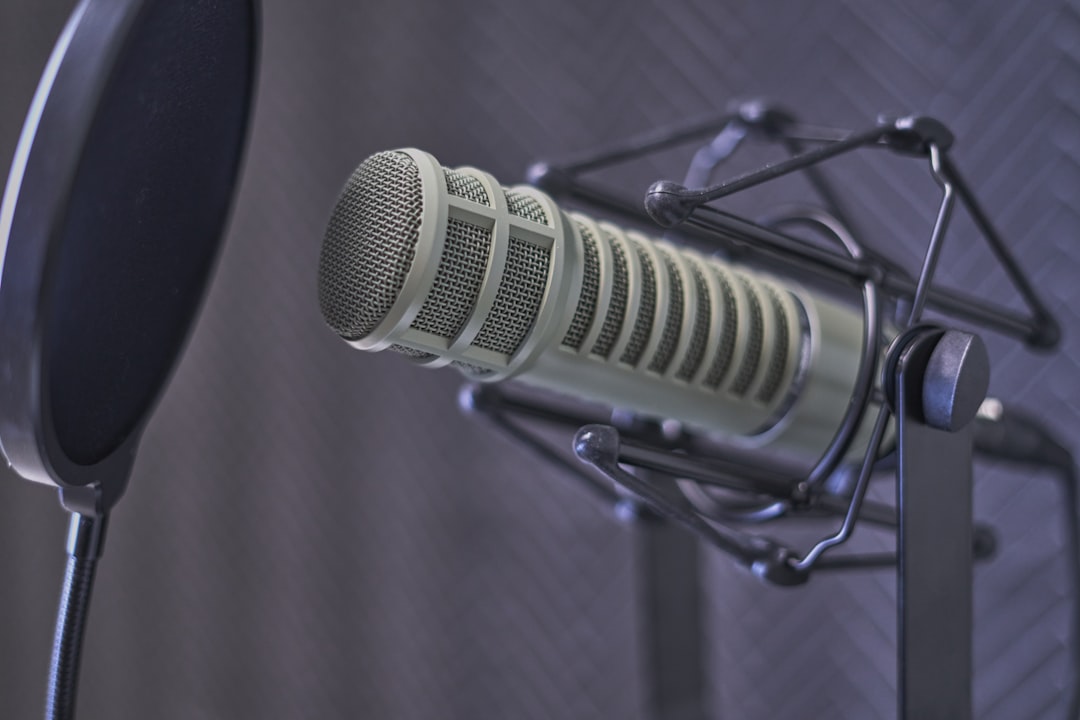In today’s digital world, where content creation, podcasting, remote work, and virtual meetings have become part of everyday life, audio quality matters more than ever. USB microphones have emerged as a convenient and popular choice due to their plug-and-play compatibility, eliminating the need for complex audio interfaces or mixers. However, one of the most common questions faced by new users is whether to go for a dynamic or a condenser USB microphone. Understanding the difference between these two types can drastically improve your audio choices and recordings.
Understanding the Basics
Before diving into a comparison, it’s important to understand what dynamic and condenser microphones are, and how they function. Both types translate sound waves into electrical signals, but they do so using different internal mechanisms.
Dynamic Microphones
Dynamic microphones use an electromagnetic induction mechanism. They consist of a diaphragm attached to a coil, placed within a magnetic field. As sound hits the diaphragm, the coil vibrates and generates an electrical signal. This design is quite robust and resistant to moisture and physical wear.
Condenser Microphones
Condenser microphones, on the other hand, use a diaphragm placed close to a backplate, creating a capacitor. When sound waves strike the diaphragm, the distance between the two plates changes, altering the capacitance and generating an electrical signal. This process requires a power source, usually provided through USB or phantom power.

Key Differences Between Dynamic and Condenser USB Microphones
When deciding between these two microphone types, several key factors come into play. Let’s explore them one by one:
1. Sensitivity and Sound Pickup
- Condenser microphones are highly sensitive and can pick up a wider range of frequencies and subtle nuances in sound. This makes them ideal for voice-over work, studio vocals, and detailed acoustic recordings.
- Dynamic microphones, being less sensitive, are great at rejecting background noise and focusing on what’s directly in front of them. This makes them better for live environments or less controlled recording spaces.
2. Durability
- Dynamic microphones are generally more durable and can withstand drops, high sound pressure levels, and tough environments. They’re an excellent choice for travel, on-stage performances, and mobile setups.
- Condenser microphones are more delicate due to their internal electronics and require more careful handling. They are better suited to stable, indoor studio settings.
3. Power Requirements
- Condenser microphones require a power source to work. USB condenser mics typically receive power through the USB itself, but it’s still an extra demand on the hardware.
- Dynamic microphones do not require external power, making them simpler in design and easier to set up with minimal equipment.
4. Price Range
- Condenser mics tend to be more expensive due to their complexity and audio fidelity. However, USB models have become quite affordable for hobbyists and semi-professionals.
- Dynamic mics are usually more budget-friendly and widely available, making them an attractive option for beginners or those on a tight budget.

Best Use Cases for USB Dynamic and Condenser Microphones
Now that you understand the core differences, you might wonder which application each microphone suits best. Let’s break down the ideal use cases for each type in simple terms.
Best Uses for USB Condenser Microphones:
- Podcast recording: If you’re in a quiet, treated room, a condenser mic can help you capture rich and detailed vocal performances.
- Voice-over work: Many voice artists prefer condenser mics because of their accuracy and clarity.
- Music production: From vocals to acoustic guitars to pianos, condenser USB mics offer studio-quality sound capture.
- Streaming and YouTube: If noise isn’t a concern in your environment, a condenser mic can elevate the overall audio quality of your videos or live streams.
Best Uses for USB Dynamic Microphones:
- Live streaming in noisy homes: If you can’t control background noise, a dynamic microphone will help isolate your voice better.
- Podcasting on-the-go: Durable and less power-demanding, dynamic mics are great for remote setups.
- Gaming and online meetings: Dynamic mics help cut through ambient keyboard clicks and background chatter.
- Public speaking and vocals with loud instruments: If you’re speaking or playing in a loud environment, dynamic USB mics handle high sound pressure like a champ.
How to Choose the Right USB Microphone for Your Needs
Choosing between a dynamic and condenser USB microphone comes down to identifying your primary use case and recording environment. Here are a few tips to guide your decision:
- Environment: If you’re recording in a noisy, untreated space, dynamic is likely the better choice due to its noise rejection capabilities.
- Audio Quality Expectations: If the ultimate goal is studio-grade clarity and depth, a condenser microphone is generally the way to go.
- Portability: If you plan to carry your mic for field work or travel, a rugged dynamic mic may serve you better.
- Budget: Starting out on a tight budget? Plenty of dynamic mics provide impressive results for half the price of a high-end condenser mic.
Popular USB Dynamic and Condenser Microphones
Here’s a quick look at some well-known and well-regarded USB mics that fall into each category:
Top USB Condenser Microphones:
- Blue Yeti: A fan-favorite for podcasters and streamers, with multiple pickup patterns.
- Audio-Technica AT2020USB+: Known for high-fidelity sound with minimal background noise.
- Rode NT-USB: High-quality audio, complete with a pop filter and tripod stand out of the box.
Top USB Dynamic Microphones:
- Samson Q2U: A versatile mic that also includes XLR output for future upgrades.
- Shure MV7: Inspired by the legendary SM7B, this dynamic USB mic is perfect for professional podcast production.
- ATR2100x-USB: Another hybrid mic with both USB and XLR, great for long-term use.
Final Thoughts
The battle between USB dynamic and condenser microphones isn’t about which is better universally—it’s about which is better for your needs. Both offer remarkable value and performance when used appropriately. Whether you’re crafting your first podcast, teaching virtual classes, or recording your next music track, knowing the strengths and limitations of each type will help you make an informed and rewarding choice.
In short, go for a condenser USB microphone if you’re working in a quiet space and crave detailed, high-fidelity audio. Opt for a dynamic USB microphone if you’re in a challenging environment or need rugged reliability with decent sound.
Ultimately, whichever type you choose, the right USB microphone can elevate your content creation journey and transform your recordings into immersive audio experiences.


